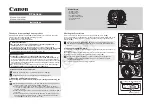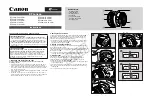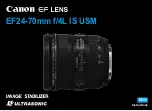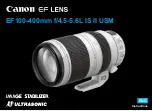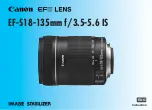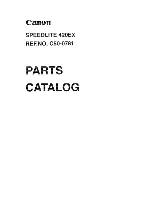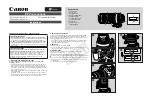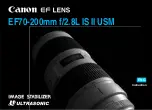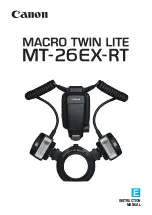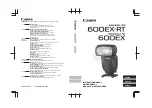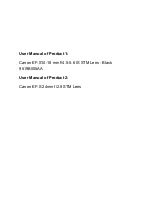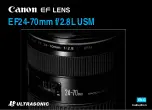
V1.02
Thom Hogan’s Complete Guide to the Nikon D300
Page 60
with rear elements that don’t try to make a final dramatic
“bend” in the optical path.
On top of the D300’s sensor sits a separate “low-pass” filter,
sometimes called an anti-aliasing (or AA) filter
19
. The low-pass
portion of the filter is used to prevent (as much as is
possible
20
) color aliasing artifacts (like moiré). However, the
low pass filter used on the D300 isn’t an overly aggressive
one—D300 images show modest anti-aliasing. The D1 series,
D100, and D200 had relatively high anti-aliasing applied
compared to the D70 and D2h. The D300 and D2x are
somewhere in between.
The actual material used in most anti-aliasing filters is lithium
niobate, which has a crystalline structure. Lithium niobate is a
material that’s not quite as hard as the best glasses, but
definitely harder than most optical plastics. You’ll appreciate
that when it comes time to physically clean the sensor,
because you’re not actually cleaning the sensor itself, but the
anti-aliasing filter that sits just above it.
Embedded in the anti-aliasing filter is another component: UV
and IR light blocking. Photodiodes have sensitivity to light
outside the human visual range. This is particularly an issue in
what is known as the near-IR spectrum. We can’t see that
light with our eyes, but it if is allowed to be added to the red
component of a pixel, the resulting pixel colors will be
incorrect.
Many dark fabrics—such as police uniforms—reflect a fair
amount of near-IR. Thus, if near-IR wasn’t filtered out before it
19
Nikon’s penchant for jargoning-up the terminology and then abbreviating it leads
them to call it an OLPF (optical low pass filter) in some of their literature.
20
From a designer’s viewpoint, the engineers must balance the intensity of the anti-
aliasing filter with the destruction of resolution. The stronger the anti-aliasing effect,
the more the acuity of small detail suffers. Likewise, the less strong the anti-aliasing
effect, the easier it is to trigger unwanted moiré. Personally, I’d rather have the
additional detail and deal with the moiré than vice versa, but some users hate moiré
because it requires strong post-processing skills to remove.































